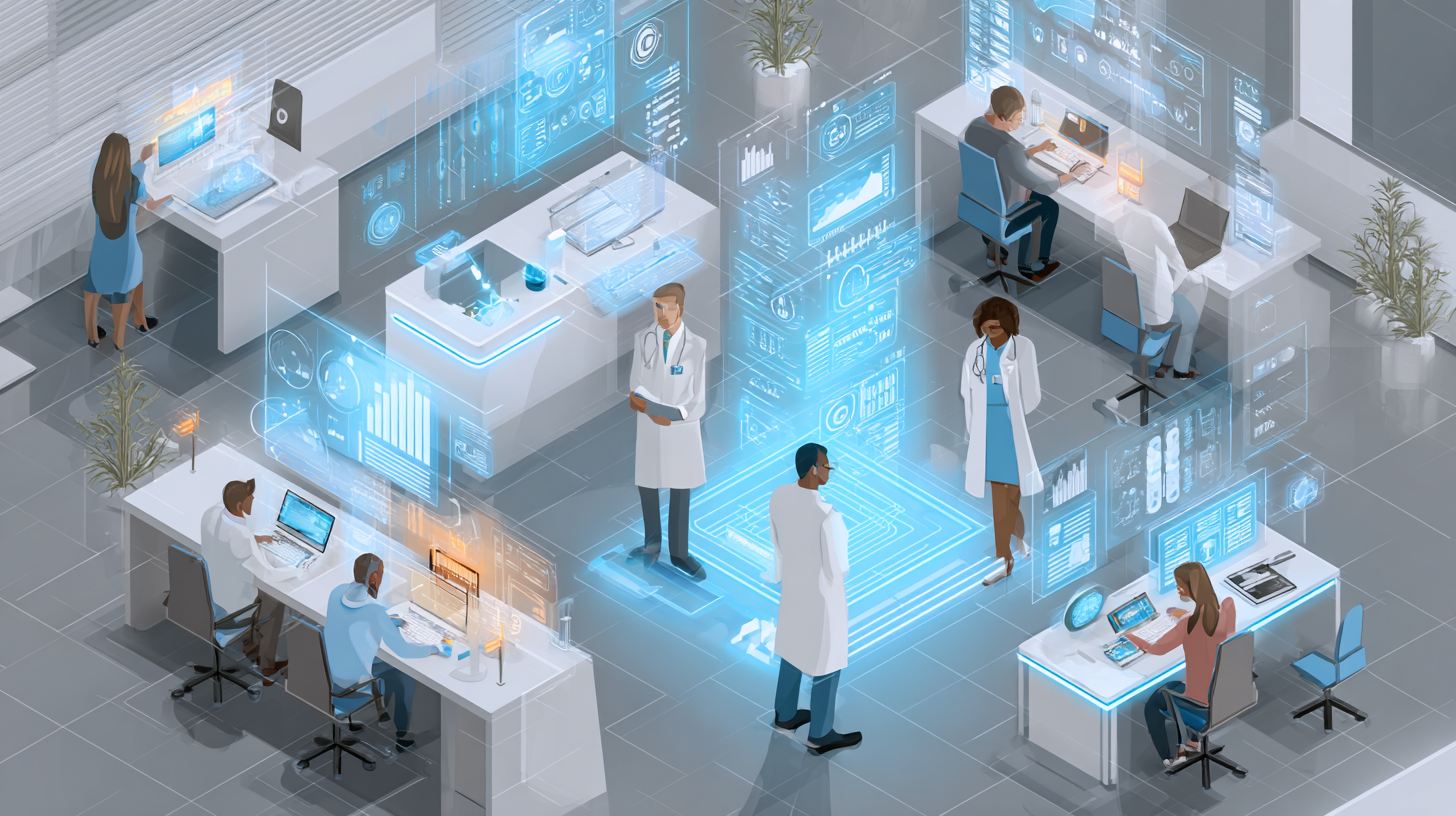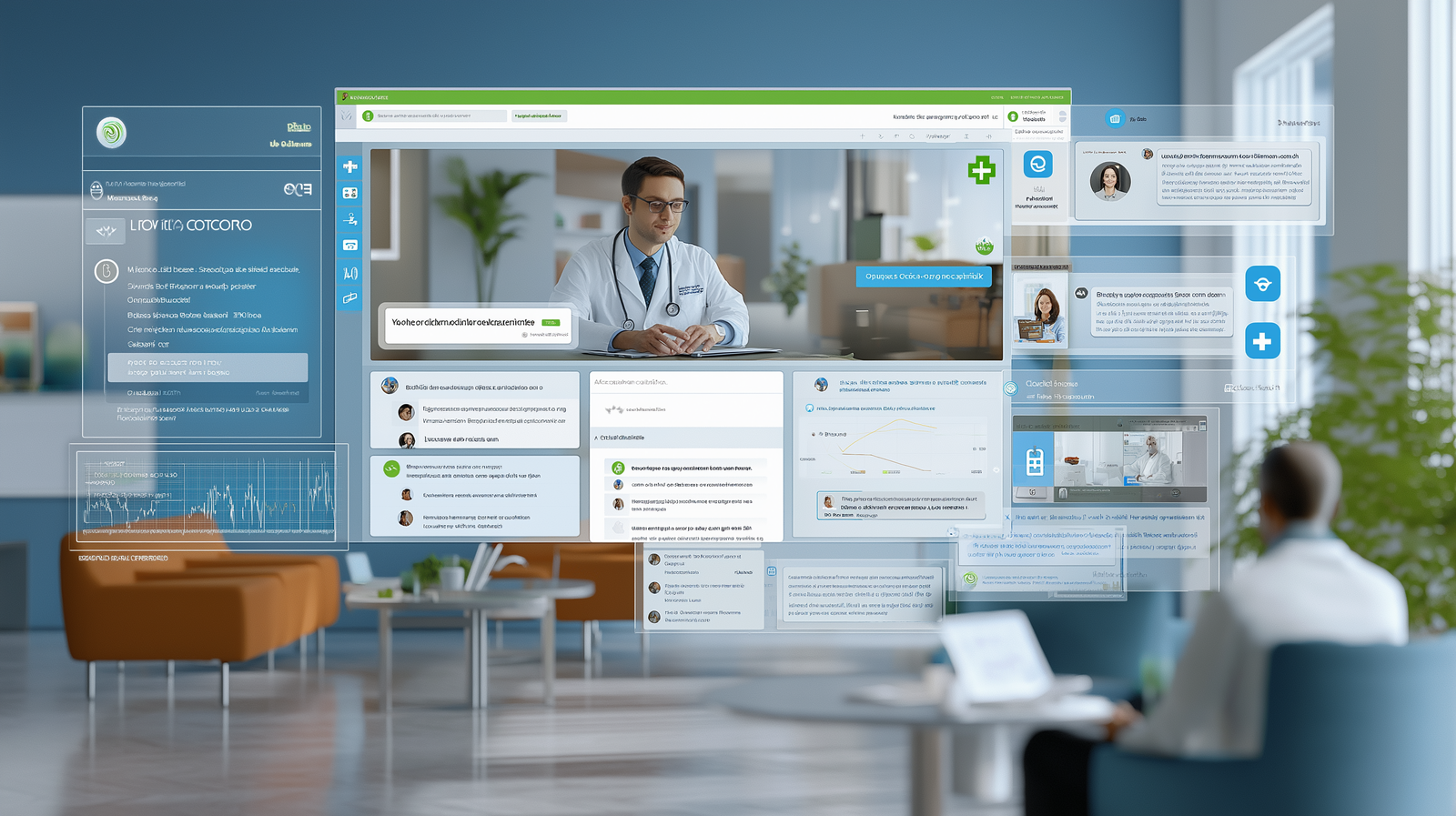What is the Internet of Medical Things (IoMT)?
The Internet of Medical Things (IoMT) is a network of medical devices and software applications that connect to healthcare IT systems through online computer networks. It involves the use of smart, connected devices such as wearable sensors, medical devices, and mobile applications that gather patient data and transmit it to healthcare providers in real time. This technology is transforming healthcare by enabling more streamlined, efficient, and engaging care delivery. IoMT is also being used to automate healthcare processes such as patient scheduling and billing, making healthcare more efficient and cost-effective.
Impact of IoMT on Healthcare
The Internet of Medical Things is revolutionizing healthcare by providing innovative solutions to some of the industry's most pressing challenges. From remote patient monitoring to telemedicine, IoMT is transforming the way healthcare is delivered, making it more accessible, convenient, and cost-effective.
Remote Patient Monitoring
Remote patient monitoring is one of the key applications of IoMT in healthcare. This technology allows healthcare providers to monitor patients' health conditions outside traditional healthcare settings such as hospitals and clinics. Patients can wear wearable devices such as fitness trackers, smartwatches, and other medical devices that can monitor vital signs such as heart rate, blood pressure, and blood sugar levels. This data can be transmitted in real-time to healthcare providers who can then analyze it and take appropriate actions to manage their patients' health conditions. This has improved patient outcomes by enabling early detection of health issues, thereby allowing for timely interventions.
Telemedicine
Another application of IoMT in healthcare is the use of telemedicine. With the advent of video conferencing technology and other communication tools, healthcare providers can now provide remote medical consultations to patients. Patients can consult their doctors and specialists from the comfort of their homes, reducing the need for physical consultations. This has made healthcare more accessible and convenient for patients, especially those who live in rural areas or have mobility issues. Telemedicine has also enabled healthcare providers to deliver specialized care to patients who live far from healthcare facilities or who are unable to travel due to their medical conditions.
Cost Reduction
By enabling remote patient monitoring and telemedicine, healthcare providers can reduce the number of hospital visits and readmissions, resulting in cost savings for patients and healthcare providers. This technology has also made healthcare more efficient by automating several healthcare processes such as patient scheduling and billing. The ability to remotely monitor patients' health conditions has also enabled healthcare providers to identify potential health issues early on, thereby preventing costly hospitalizations and treatments.
Improved Data Analytics
IoMT generates a vast amount of patient data that can be analyzed to identify patterns and insights that can be used to improve healthcare outcomes. This data can also be used to develop predictive models that can identify patients at risk of developing certain health conditions, allowing healthcare providers to take proactive measures to prevent or manage those conditions.
Future of IoMT
As IoMT technology continues to evolve, we can expect to see further advancements that will continue to revolutionize healthcare. Artificial Intelligence (AI) and machine learning (ML) are being integrated into IoMT to provide more accurate diagnoses and treatment recommendations. Additionally, IoMT is being used to monitor patients' adherence to medication regimens and provide personalized treatment plans.
The Promise of IoMT for Healthcare Transformation
The future of IoMT is exciting, and there are many potential advancements that could further revolutionize healthcare. One of the most promising developments is the integration of artificial intelligence (AI) and machine learning (ML) into IoMT systems. These technologies can analyze vast amounts of patient data in real-time to provide more accurate diagnoses and treatment recommendations. They can also be used to develop predictive models that can identify patients at risk of developing certain health conditions and provide early interventions to prevent or manage those conditions.
In addition to AI and ML, IoMT is also being used to monitor patients' adherence to medication regimens and provide personalized treatment plans. With the use of sensors and other wearable devices, healthcare providers can monitor patients' medication intake and adjust dosages as needed to ensure optimal outcomes.
Another potential application of IoMT is in the field of genomics. By combining IoMT with genomics, healthcare providers can gain a more comprehensive understanding of patients' health and disease risk factors. This could enable the development of more personalized treatments and preventive measures that take into account an individual's genetic makeup.
Finally, IoMT is also being used to improve the efficiency of clinical trials. By enabling remote patient monitoring and data collection, IoMT can streamline the clinical trial process, reduce costs, and accelerate the development of new treatments.
In conclusion, the integration of IoMT into healthcare has already brought about significant improvements in patient care, and the future of IoMT looks bright. As technology continues to evolve and new applications are developed, we can expect to see even more innovative solutions that improve healthcare outcomes, reduce costs, and make healthcare more accessible to all.
Curious about what other modern trends are driving today's transformation in healthcare? Check out The Health/Tech Edge for interviews featuring healthcare experts and providers.




